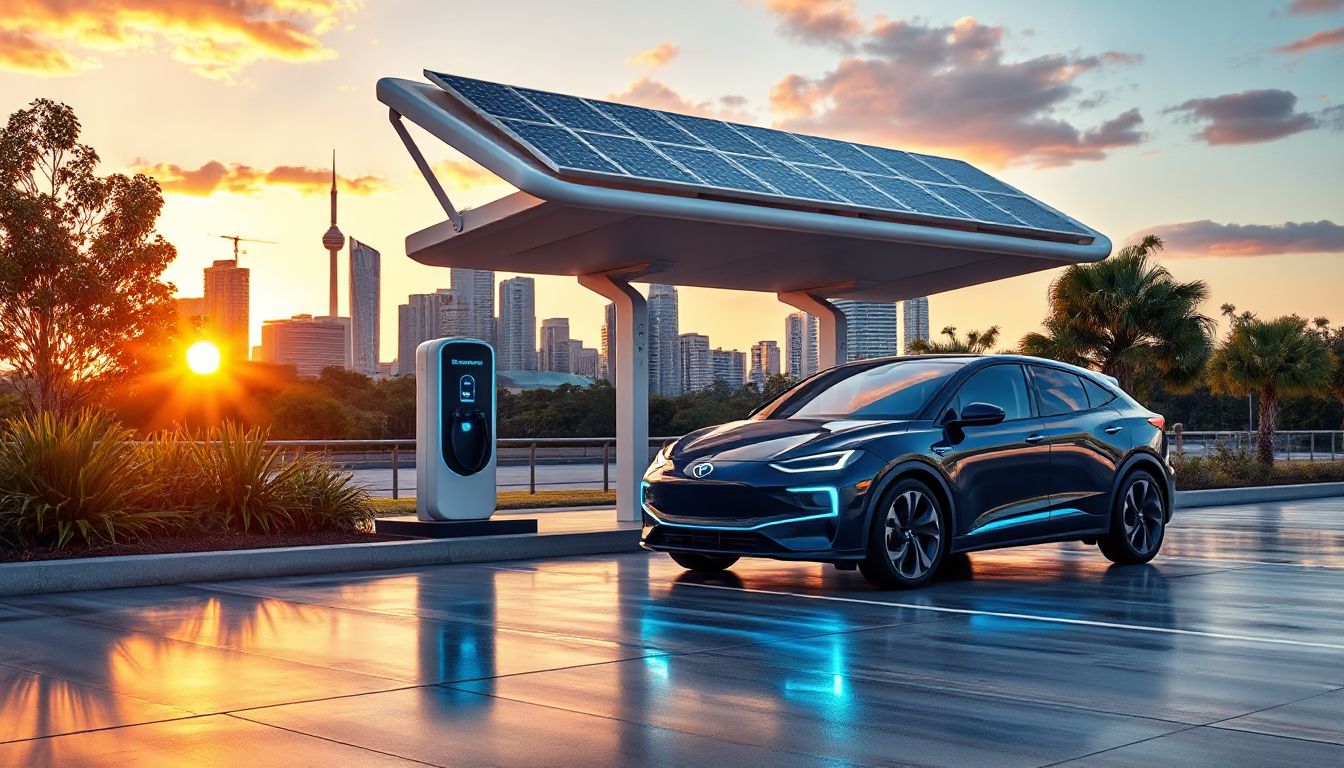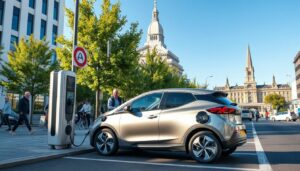Electric vehicles are gaining ground in Australia faster than many predicted. As awareness grows and technology advances, Australia faces a big shift toward cleaner, smarter transportation. But this change needs more than just new cars—it needs strong leadership, clear policies, and teamwork. The Electric Vehicle Council Australia (EVCA) takes on the role of guiding this transition, making sure the country moves forward efficiently and in the right direction.
The Role and Mission of the Electric Vehicle Council Australia
Purpose and Objectives
The Electric Vehicle Council Australia is dedicated to helping Australians switch to electric cars. Their main goals are to promote EV adoption, influence government policies, and build a thriving industry. They want electric cars to be accessible for everyone and to help reduce pollution.
Key Initiatives and Programs
Some of their work includes pushing for a national EV strategy that guides growth. They also team up with automakers, governments, and other groups to speed up the rollout of charging stations and better policies. Public education campaigns are a big part of their mission too—helping people understand the benefits of EVs and how to make the switch easier.
Leadership and Membership
The EVCA isn’t just one organization—it’s a mix of car manufacturers, charging companies, policy makers, and tech firms. Being part of this diverse group means sharing ideas, setting industry standards, and creating a balanced approach to growth. Members get to shape the future of electric transport in Australia and work toward a cleaner environment.
Current State of Electric Vehicles in Australia
Market Penetration and Growth Trends
Australia’s EV market is growing rapidly. Recent reports show EV sales doubling in just the last two years. Today, EVs still make up a small slice of total vehicle sales, but that number is expected to soar in the next 5 to 10 years. Predictions suggest that EVs could account for around 30% of all new car sales by 2030.
Infrastructure Development
More charging stations are popping up in cities and along highways, making EV travel easier. The government supports this growth through incentives and funding programs. These efforts are meant to remove one of the biggest barriers: fear of running out of power far from a charging point.
Consumer Perceptions and Barriers
Many Australians still think EVs are too expensive or lack range. Others worry about the availability of charging stations. The EVCA and industry players are working hard to change these ideas, showing that electric cars are now more affordable and practical than ever. More education and incentives are helping to turn skepticism into action.
Policy and Regulatory Advocacy by the EV Council Australia
Influencing Government Policy
The EVCA actively works with federal and state governments to create rules that support EV growth. Their input has helped shape policies like tax benefits, rebate programs, and regulations that encourage the use of clean energy vehicles.
Regulatory Frameworks
Standards for charging stations are crucial for safety and compatibility. The council advocates for these standards to ensure chargers work everywhere and for everyone. Incentive schemes, like grants and rebates, also boost EV sales by making them more affordable for families and businesses.
Impact on Industry Development
Good policies can turn the EV market into a boom. When governments support EVs through clear regulations and incentives, automakers and tech companies are more willing to innovate. These changes speed up Australia’s shift to cleaner, quieter, and more affordable transport.
Industry Collaboration and Innovation
Partnerships with Technology and Manufacturing Sectors
The EVCA works with automakers and tech firms to develop better EVs and charging solutions. Local manufacturing of EV parts and vehicles is also part of their plan—keeping jobs at home and boosting Australia’s economy.
Research and Development Initiatives
Supporting innovation is key to staying ahead. The council funds pilot projects like electric buses, commercial fleets, and new battery tech. These experiments test what works best and set the stage for wider adoption.
Challenges and Opportunities
Supply chain issues, especially with batteries and semiconductors, can slow progress. But Australia has promising chances too—like developing local manufacturing skills and competing globally in EV technology.
The Future of Electric Vehicles in Australia: Vision and Strategy
Strategic Roadmap
The EVCA envisions a country where nearly every vehicle runs on electricity by 2030. Their goal is to make EVs the norm, not the exception, and to support this with energy policies that leverage clean power sources like solar and wind.
Emerging Trends and Technologies
Battery improvements are making EVs charge faster and last longer. New charging stations with ultra-fast power are appearing, reducing wait times. Also, integrating EVs with renewable energy sources creates a cleaner, more sustainable system.
How Consumers and Businesses Can Prepare
If you’re thinking about buying an EV, start researching now. Check eligibility for grants or rebates, and plan for charging spots at home or work. Businesses can benefit from electric fleet programs supported by recent policies and funding options.
Conclusion
The Electric Vehicle Council Australia is a driving force behind cleaner roads and smarter transport. Through advocacy, industry collaboration, and public education, they help shape policies and build infrastructure needed for widespread EV use. The future looks promising—more electric cars, better tech, and a healthier environment. Everyone, from government leaders to everyday drivers, has a role to play. Supporting EV growth isn’t just good for the planet; it’s good for Australia’s economy and future. Now’s the time to get involved and be part of this exciting journey toward sustainable transportation.




